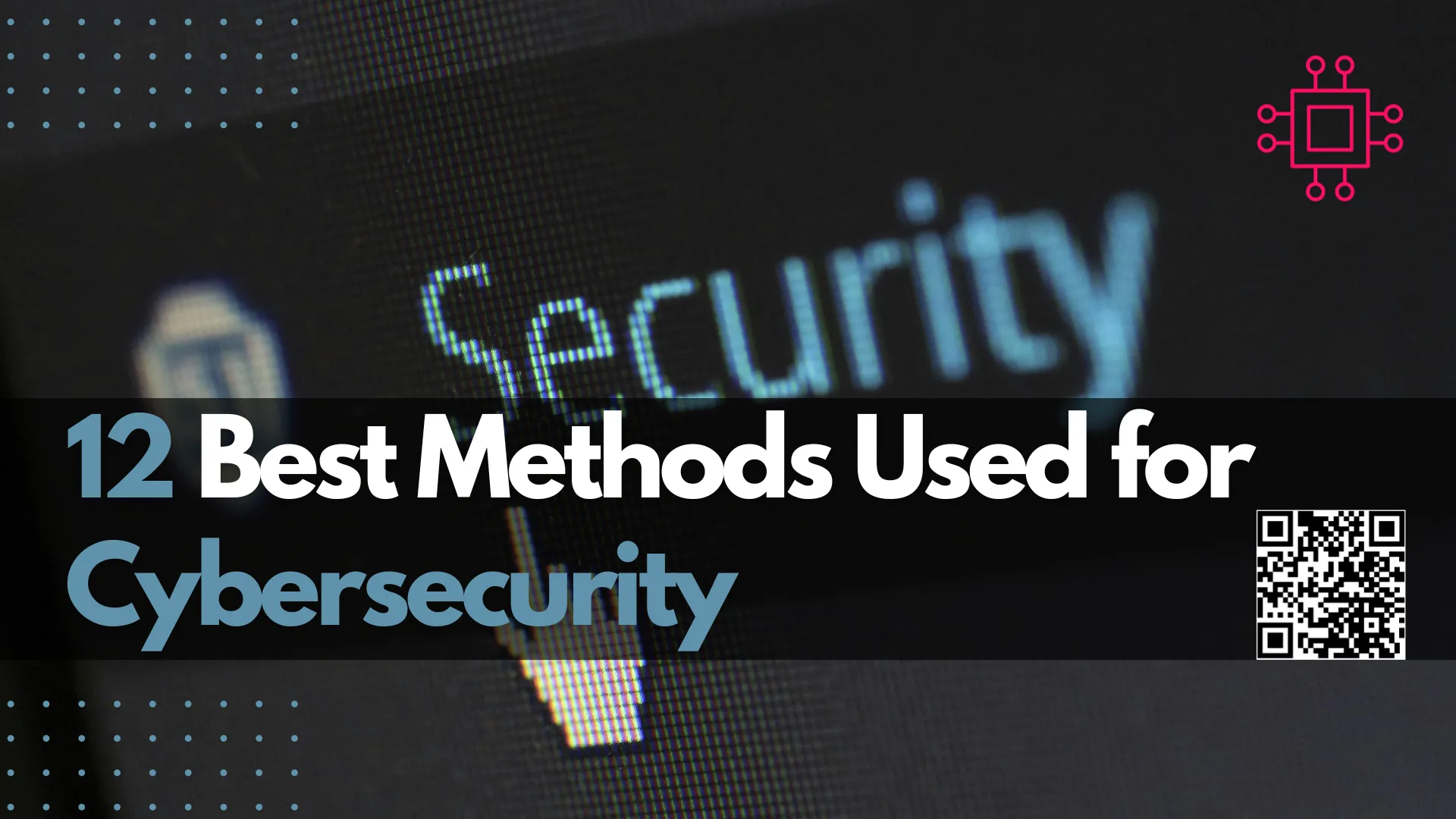
In this article, we’ll explore the simple steps to enable HTTPS on your website. We’ll guide you through the process of installing SSL on RHEL9,

Discover the 12 best cybersecurity methods to protect your data and systems from cyber threats. Learn about MFA, encryption, firewalls, SIEM, and more to enhance your security strategy effectively.
In today’s digital age, cybersecurity is more critical than ever. With the rise of cyber threats, both individuals and organizations must adopt robust security measures to protect their data and systems. Here, we explore the 12 best methods used for cybersecurity that can help safeguard against malicious attacks.
Multi-Factor Authentication (MFA) adds an extra layer of security by requiring users to provide two or more verification factors to gain access to a resource.
| Example When logging into a bank account, you might enter your password (first factor) and then receive a text message with a code (second factor). |
| Factor | Description |
|---|---|
| Knowledge | Something you know (password, PIN) |
| Possession | Something you have (smartphone, token) |
| Inherence | Something you are (fingerprint, retina scan) |
Keeping software up-to-date ensures that any known vulnerabilities are patched, reducing the risk of exploitation.
Organizations should regularly update operating systems, applications, and security software to the latest versions. |
Firewalls act as a barrier between your internal network and external networks, controlling incoming and outgoing traffic based on predetermined security rules.
A company firewall can block access to known malicious IP addresses, preventing potential attacks. |
| Type | Description |
|---|---|
| Network Firewall | Filters traffic between networks |
| Host-based Firewall | Filters traffic on individual devices |
Encryption transforms data into a coded format, making it unreadable to unauthorized users.
End-to-end encryption in messaging apps like WhatsApp ensures that only the communicating users can read the messages. |
| Type | Description |
|---|---|
| Symmetric Encryption | Same key used for encryption and decryption |
| Asymmetric Encryption | Different keys for encryption and decryption |
Implementing strong password policies ensures that users create complex, hard-to-guess passwords. Also, passwords need to be changed regularly–every 60 to 90 days.
A strong password policy might require passwords to be at least 12 characters long, including uppercase, lowercase, numbers, and special characters. |
IDPS monitor network or system activities for malicious activities and policy violations.
An IDPS can detect and block suspicious activities like repeated failed login attempts, indicating a possible brute-force attack. |
| System | Description |
|---|---|
| Intrusion Detection | Monitors and alerts on suspicious activities |
| Intrusion Prevention | Takes action to block or prevent activities |

SIEM systems provide real-time analysis of security alerts generated by network hardware and applications.
SIEM tools can help identify and respond to threats in real-time, improving an organization’s incident response capabilities. |
Conducting regular security audits helps identify vulnerabilities and ensure compliance with security policies.
An annual security audit might reveal outdated software that needs patching or misconfigured security settings. |
Training employees on cybersecurity best practices can prevent social engineering attacks like phishing.
Regular training sessions can educate employees on recognizing suspicious emails and avoiding unsafe websites. |
Regularly backing up data ensures that it can be restored in case of a cyberattack, such as ransomware.
Automated daily backups can help an organization quickly recover from a data breach with minimal data loss. |
| Type | Description |
|---|---|
| Full Backup | Complete backup of all data |
| Incremental Backup | Only backs up changes since the last backup |
Dividing a network into smaller, isolated segments can limit the spread of malware and restrict access to sensitive data.
A company might segment its network to separate HR data from other business units (e.g. Software Development, Testing, Production), enhancing data security. |
Zero Trust Architecture operates on the principle “never trust, always verify,” ensuring that every access request is authenticated, authorized, and encrypted.
Implementing Zero Trust might involve continuous monitoring of user activities and applying strict access controls. |
| Principle | Description |
|---|---|
| Least Privilege | Grant only necessary access |
| Micro-segmentation | Isolate network segments for security |
Employing these 12 cybersecurity methods can significantly enhance your defense against cyber threats. By integrating these practices into your security strategy, you can protect your data, systems, and ultimately, your business from potential cyberattacks.
Remember, cybersecurity is an ongoing process. Regularly updating and reviewing your security measures is crucial to staying ahead of evolving threats. Implementing a comprehensive cybersecurity framework is not just a necessity but a strategic advantage in today’s digital landscape.
Did you find this article useful? Your feedback is invaluable to us! Please feel free to share your thoughts in the comments section below.
Related Posts

In this article, we’ll explore the simple steps to enable HTTPS on your website. We’ll guide you through the process of installing SSL on RHEL9,

Discover actionable insights into security vulnerabilities in containerized environments, from container breakouts to image vulnerabilities. Learn from real-world incidents like the Docker Hub breach and

In this guide, we’ll delve into how to generate Letsencrypt wildcard certificates using Certbot, ensuring secure connections for your main domain and all its subdomains.
